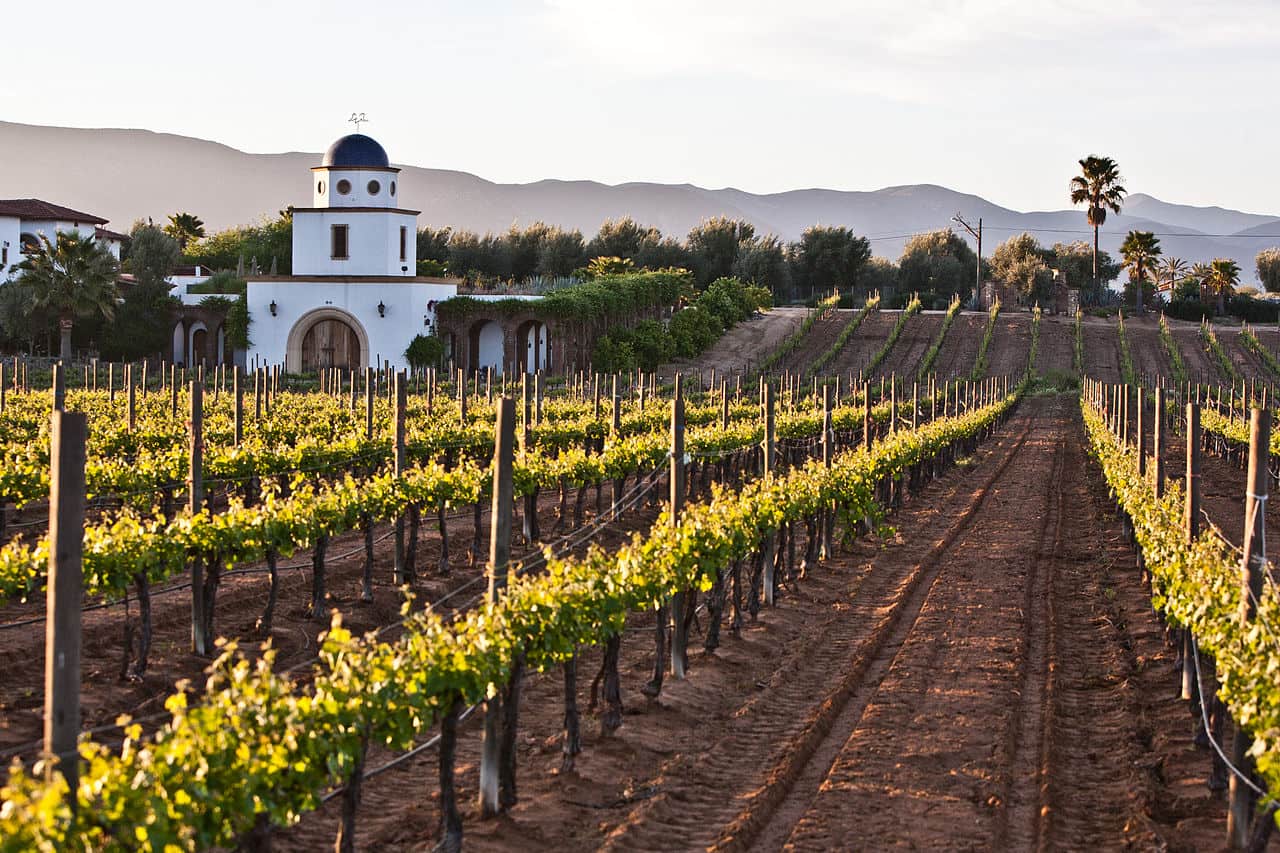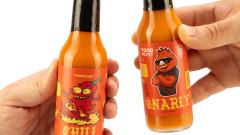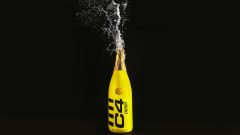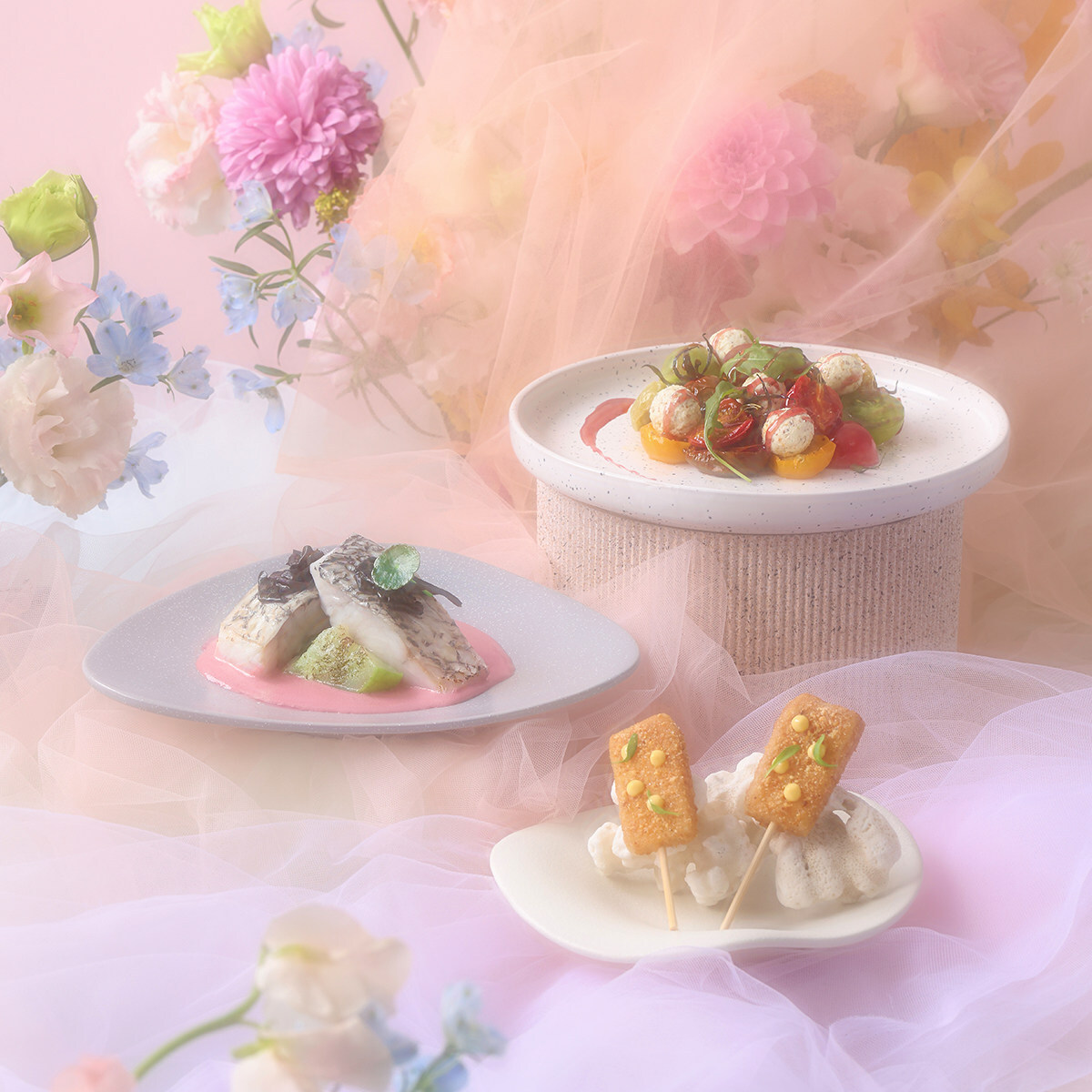Exploring Mexico’s Wine Country Through The Scope Of The Parent Trap

Hallie Parker and Annie James, the beloved red-headed twins of cult classic, The Parent Trap, exude a twinship attained through CGIs and a body double. Such a twinship, destined by a predictable plot, was stalled for 12 years as each part of Lindsay Lohan grew up in different regions, with a different parent. The once innocent actress gone awry convinced everyone and their mothers that she actually had a twin (well, I mean, I was pretty convinced), and displayed the common phenomenon: identical twins with opposing personalities.
Hallie and Annie’s personalities slightly run parallel, and retain qualities in a wine-world twinship between Napa Valley, California and Guadalupe Valley, Mexico AKA the Valle De Guadalupe.
 Photo: Jim G on Flickr, CC 2.0
Photo: Jim G on Flickr, CC 2.0
Hallie’s hometown, Napa Valley, California, has upheld a status in wine culture — it’s an oasis of fine wine bred from the finest grapes. For those unfamiliar, Napa is Northern California’s wine-country located about one and a half hours away from San Francisco. This world-renowned wine region offers what one would expect: endless ranges of vineyards and tourist attractions. With the reputation that Napa withholds today, the thought of it ever being unpopular feels foreign. Yet, up until the 1976 Judgment of Paris — a blind tasting of French and California chardonnays, cabernets, etc. — wines from California were overshadowed by France’s age-old wineries.
Breaking into the wine world through a prestigious wine competition, expectedly propelled the commercialization of Napa’s wine, shaping the high-class culture grown out of its wealth. The uppity and proper aura people tend to associate with Napa Valley, because of all that capital, aligns it with Annie’s persona, not Hallie’s.
 Photo: Jim G on Flickr, CC 2.0
Photo: Jim G on Flickr, CC 2.0
Before “coincidentally” meeting at summer camp, their opposite worlds were panned through. Annie grew up in London, England with the proper, British mother. Lohan’s subpar British accent combined with Annie’s style, emulating Princess Diana’s lady-like couture, made this twin borderline-stereotypical. Yet her fire, her sass, all springing from her wit (basically, logical clap-backs), made up for it. Hallie, the other half, went with the hunky dad (Dennis Quaid) to his grand winery in Napa Valley, California — thus growing up on smashing grapes and riding horses — you know, just tomboy things. Her daring, spunky demeanor kickstarted the mayhem in the first place, bringing the Parent Trap into existence, really.
So if Hallie isn’t Napa Valley, what’s her other wine-world half? Apart from Napa Valley, Hallie is rough around the edges, casual, and although the camera didn’t zoom in on this shot, she probably has some dirt under her fingernails and some grape stains on her fingertips. All the dirt and grit along with her warmth and spunk make her more relatable to Guadalupe Valley in Mexico more so than Napa Valley.
Separating two twins does not impair the similarities inevitably bound to biologically-identical beings, yet their individuality is molded by their environment alone. Their pivoting personalities, influenced by the region they grew up in, differentiates the twins and integrates the vibrancy of their red hair — the fire within it — relative to their mannerisms. No, their hair is not quite literally on fire, but the striking feature matches their different-but-all-at-once-same fierce attitudes.
Like Hallie and Annie, Valle de Guadalupe and Napa are separated by regions, and principally-based, they are different and the same all at once. The traits Napa Valley and Guadalupe Valley retain are often compared — weather conditions, the successful wineries and restaurants — and this twinship was destined to form once the media put Valle in the spotlight (like destiny bringing Hallie and Annie together at summer camp).
 © Tomas Castelazo, www.tomascastelazo.com / Wikimedia Commons /
© Tomas Castelazo, www.tomascastelazo.com / Wikimedia Commons /
Valle de Guadalupe is Mexico’s wine region about two hours south of San Diego, California and is often deemed as “under the radar” or the “Napa Valley of Mexico.” According to a qualitative study of the region done by Jorge Covarrubias and Liz Thach of Sonoma State University, “Mexico has a long history in winemaking and is considered to be the oldest wine growing region in North America…[and] the Valle de Guadalupe accounts for 80–95% of all of Mexican wine production.” Despite a storied and long tenured presence of winemaking in Mexico, the Valle’s media presence is fairly scarce and recent — and the media is definitely excited, feeling as if they discovered Napa’s long-lost twin, the Hallie to its Annie, if you will.
Okay, so the whole point of Parent Trap was to reunite Hallie and Annie’s parents. These starry-eyed, 12-year-olds longed for their parents to reignite their love and be together, so they can be a complete family (yes, very cute). But, the dad fell in love with a young lady, the evil stepmother of the plot, Meredith Blake. Meredith was the catalyst for even more conflict, barring old loves from rekindling past bonds.
This may be a stretch, but hear me out (read this out?): tourists who visit Valle de Guadalupe can only drink those wines when they are there. People have tried to import the Valle’s wine, however, it is still fairly limited [source info] due to California import laws. So, winery owners result to a tactic called Direct to Consumer (DTC) sale. This tactic is more so a requirement, rather than a strategy.
Covarrubias and Thach explained that California only allows: “1 L max [of imported wine] at the [California-Mexico] border.” Because of this limiting legislation, all of the Valle visitors who fell in love with the wine are unable to bring it home. And the love left behind in Mexico is hard to rekindle. Essentially, Valle’s evil stepmother is this said law blocking wine lovers from the Valle de Guadalupe’s wine. And all the Valle wine lovers, are basically all the Parent Trap fans who, like Hallie and Annie, long for a reunited love.
 Photo: Cbojorquez75 on Wikimedia Commons, CC 4.0
Photo: Cbojorquez75 on Wikimedia Commons, CC 4.0
Like Napa Valley, Valle de Guadalupe is magnetic, pulling in tourists to taste fine wine grown in optimal conditions: a lot of sun and just the right balance of dryness and moisture. These biological similarities create this twinship, but based on Valle’s environment alone a rough-around-the-edges vibe is molded. The open landscape of dirt, cacti and other desert plants is remnant of California’s wild West past, and even, Napa’s early beginnings. Therefore, it’s valid to mark Valle de Guadalupe as the “Napa Valley of Mexico,” being that Mexico’s wine-country is not as well-known at this point, like Napa pre-Judgment of Paris. Twins can share similarities like this, but that does not imply that one-half wants to be identical, or compared to the other. And, the winery and restaurant owners are definitely not the biggest fans of the label of the “Napa Valley of Mexico.”
Chef Javier Plascencia, the owner of Finca Altozano, a restaurant within Valle De Guadalupe, interviewed with The Independent and stated: “If you talk to the winemakers, they hate it when they compare it to Napa. They’re doing their own thing.”
Although there is an imbalance of popularity in this twinship, forming this connection parallels the quality of Mexico’s wine to California’s but recognizes the diverging ambiance each region emanates.
As Mexico continues to develop their wine industry, the popularity of Valle de Guadalupe will rise, and with the help of its twinship with Napa (despite the unfavorable comparison), their products will potentially be as widespread. However, for now, the Valle remains under the radar with its Meredith standing in the way. But hopefully, the tourists who directly consumed Valle de Guadalupe’s wines will reunite with the chardonnays and cabernets they fell in love with, and the imbalance in Napa Valley and Valle’s twinship will neutralize in the future.






















